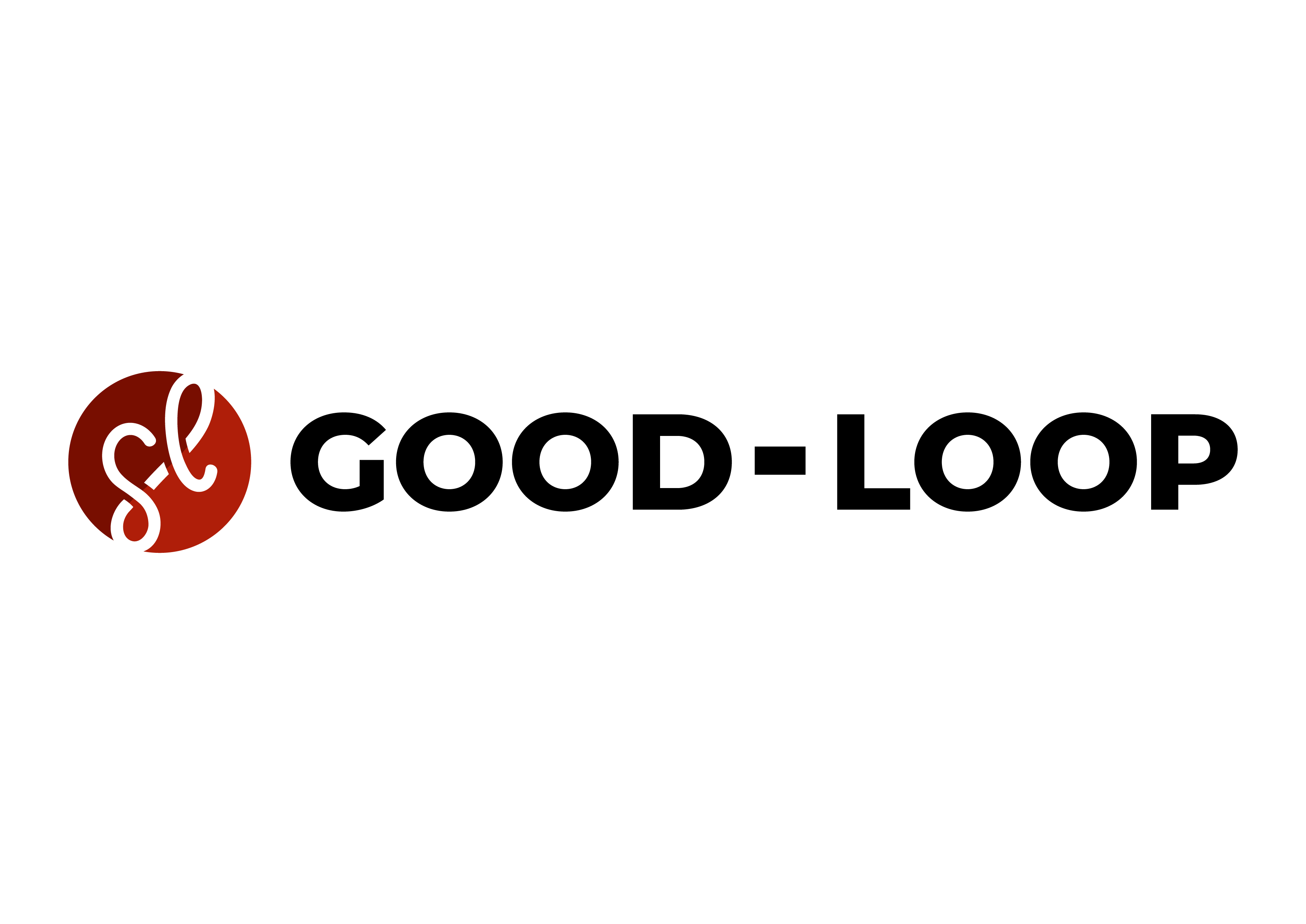
"Hey, can you send me the CPI and MAU following that campaign we ran via MRAID?"
"uhhh.....sure!"
An hour or two later, you're probably inching closer and closer to this guy...
 We've all experienced the meeting where the acronym bingo cards come out,and half the room are alienated by hundreds of terms of varying obscurity.
We've all experienced the meeting where the acronym bingo cards come out,and half the room are alienated by hundreds of terms of varying obscurity.
That's why we've compiled the A-Z of AdTech to help you learn your IAA's and PII's
A
Ad Agency: The ad agency typically provides an end to end service in terms of managing advertising spend - from planning, to tracking and post-campaign reporting.
Ad Call: When an ad position is available on a site, the user's browser asks exchanges or ad servers for an ad to show.
Ad Fraud: This occurs where advertisers are charged for ad placements that have never been seen by human eyes. This could be ads placed on top of the other, ads loading out of sight, paying for bot clicks, and much, much more.
Ad Pod: A group of video ads that fit into the same placement slot and play consecutively.
Ad Server: The technology used to serve, improve and monitor ads across a range of publishers. Typically this removes the need for multiple points of contact across multiple groups, and instead allows ads to be served quickly and effectively.
Ad Space: The space where the advert will show on a given website.
Ad Tag: A snippet of HTML that will contact an ad server and ask for an ad.
Above The Fold: The advert is visible without having to scroll down the page.
Agency Trading Desk (ATD): Typically stacked on top of a DSP, the agency trading desk serves as the internal tool for programmatic buying in an agency.
Application Programming Interface (API): A set of rules, requirements and functions for building software, apps, or integrations. The API specifies how software components should interact with each other.
Average Revenue Per User (ARPU): ARPU is the total revenue of the business, divided by the number of customers/users. Vital in planning user acquisition campaigns.
B
Behavioural Targeting: The use of a visitor's previous behaviour to target and modify the visiting experience - dynamically changing web pages, different creative, etc.
Below-The-Fold: The advert is only visible once you scroll down the page.
Bid: The price that an advertiser is willing to pay in order to serve an impression.
Bid Request: When a page is loaded and an ad server calls for a given impression, it submits a bid request to all eligible bidders. Bidders then decide the value of the impression and submit bids in realtime (see also, Real-Time Bidding).
Blacklist: The domains or apps that an advertiser doesn't want their ads to run on.
Blog: A website or sub-section for sharing content and insight.
Button: A square online ad, typically embedded within a web page.
C
Campaign: The collecting term for the separate advert components that will meet the client's objectives.
Click-through: When a user interacts with an ad and clicks through to a website.
Click Log: A log of information gathered on ad clicks.
Click-through Rate (CTR): The number of click-throughs as a percentage of impressions served. Often used as a measure of advertising effectiveness, the logic being that more clicks = more engaging creative.
Click Tracking URL: This enables the number of clicks on a banner to be recorded, and enable optimisation. Also known as click through URL or click command.
Content Delivery Network (CDN): Set up to quickly deliver static content, such as images or Flash files.
Contextual Advertising: Advertising that can change depending on the specific web page and the content on that page.
Conversion Rate: The step beyond a CTR - the rate of visitors from a campaign who actually complete the commercial objective - completing a form, starting a trial, etc.
Cookie: A little piece of information stored on a website visitor's computer, used to record their behaviour when visiting.
Cost Per Action (CPA): The advertiser only pays if the recipient takes action on the ad - for example, clicks through to the advertiser's website.
Cost Per Acquisition (CPA): The cost of acquiring a new customer.
Cost Per Click (CPC): The advertiser only pays when someone clicks on the advert.
Cost Per Install (CPI): The advertiser pays when someone installs their app.
Cost Per Mille (CPM): The cost of showing an advert to 1000 people through a given channel.
Cost Per Order (CPO): How much it costs to generate a purchase. Also referred to as CPP (cost per purchase).
Cost Plus: A model whereby an advertiser will pay for the media, and an additional fee (often in AdTech this is called a tech fee).
Creative: The imagery, video and/or copy used to engage the visitor.
CRM Streaming: Combines user data with CRM data, to help deliver more personalised advertising experiences and enhanced targeted messaging.
Cross-Device Recognition: Tracking a user across multiple devices - desktops, mobiles, etc.
Customer Lifetime Value (CLV): The net (or projected net) profit attributed to the entire relationship with a customer.
D
Day N (dN): Used in mobile marketing to measure how many days after a download does it take for a user to come back to the app. This can be very effective for determining traffic quality.
Demand Side Platform (DSP): Used by programmatic buyers to decide which ad inventory or impressions to buy and what it's worth.
Demographic Targeting: Targeting your advert to a specific geographical area.
Data Management Platform (DMP): Pulls together behavioural and demographic data to help buyers select the right audiences.
Dynamic Creative Optimisation (DCO): Automatically optimisation of the elements that appear in a display banner.
E
Embedded Format: A formats shown in set spaces on a page.
Expandable Banner: Ad placements that will fill the page dependent on the user's interaction with the banner.
F
Flash: Web design software that creates animation and interactive elements.
Flight Dates: The start and end date of a campaign.
Frequency Cap (FQ/FC): A limit on how often an ad can be seen by a specific visitor.
G
H
HTML5: A language of the Internet used for structuring and presenting content. An open, industry-standard format for building online.
I
In-App Advertising (IAA): Any advertising that is seen inside of a mobile app.
Interactive Advertising Bureau (IAB): The organisation that empowers the media and marketing industries to thrive in the digital economy, in a way that is compliant with legislation and good for the ecosystem.
Interstitials: An ad appearing between content pages. Also known as splash pages.
Inventory: The amount and types of ad space a publisher has available for buying.
J
K
L
Lift: The increase in performance attributed to the ad campaign.
Lookback: The window of time used to calculate conversions and strategies - eg, if a visitor buys within 14 days from acting on an ad, and the lookback window was 14 days, this would count as a conversion. But if the window was 30 days, it wouldn't.
M
Monthly Active Users (MAU): The average number of users who are active on a website or mobile app in a given month.
Microsite: A publisher sub-site reached by clicking on an ad, meaning that the visitor doesn't need to leave the publisher site, but can still get info from the advertiser.
Mobile Rich Media Ad Interface Definitions (MRAID): An API for in-app rich media ads for mobile devices.
Multiple Purpose Unit (MPU): A type of banner (see "banner"). A square online ad usually in a web page in a fixed position. Flat or interactive content can be distributed, hence "multiple purpose".
N
Negative Retargeting: Halting the retargeting of a user after they've completed a conversion.
O
Opt-In: A user's indication that they are willing to share their data with the advertiser and/or publisher.
Opt-Out: A user's indication that they are not willing to share their data with the advertiser and/or publisher.
Open RTB: Overseen by the IAB, this is a real-time bidding protocol being created for the programmatic world.
Overlay: Online advertising content that appears over the top of the web page.
Owned & Operated (O&O): A publisher who owns and operates their own inventory sources.
P
Pixel The tracking script that allows for tracking of user behaviour.
Pop-Under: This is an ad that appears in a separate window beneath an open window.
Pop-Up: An online ad that appears in a window over the top of a web page.
Preferred Deal: An arrangement between a publisher and a buyer with a fixed floor price, that once exceeded, inventory will be bought at high priority in the ad server chain.
Pre-Roll: Online video ad that appears prior to another online video.
Price Floor: The lowest CPM price publishers are willing to sell impressions to programmatic buyers in an auction.
Private Auction: An invitation-only ad space, where only select bidders can compete for a publisher's, or a group of publishers, inventory.
Private Marketplace (PMP): A closed/controlled real-time bidding marketplace.
Q
Quantitative Research: As above, with an approach that emphasises numerical logic over qualitative perceptions.
Query String: Used to pass data to a web app from the URL.
R
Real Time Bidding (RTB): Auctions for programmatic ads that occur in fractions of a second.
Remnant Inventory: Ad units that have not been sold by the publisher.
Retargeting: Advertising to a group based on previous actions or ads viewed.
Retention rate: How a brand managed to keep hold of their existing clients or customers, or how often and recently their have used a product service.
Return on Ad Spend (ROAS): The ratio of revenues generated as a result of a particular marketing campaign relative to advertising costs spent - Revenue / Ad Spend x 100.
Rich Media: Online ad formats that use interactive and audio-visual elements.
Rich Media Guidelines: Design guidelines produced by the IAB for effective use of rich-media technologies to protect the end users.
S
Second Price Auction: The winning DSP buys the ad, but pays only $0.01 more than the second placed bid.
Skyscraper: A vertical ad usually found on the side of a page.
Software Development Kit (SDK): A set of tools that developers need to create applications.
Streaming Media: Audio/video that plays and downloads at the same time. This means that a video can play, without a full download.
Supply Side Platform (SSP): Used by publishers to sell ad space programmatically.
T
Tracking: Monitoring of behaviour and interaction with an ad, or on a site.
U
User-Generated Content (UGC): Online content created by users and influencers, rather than formal businesses, media owners or publishers.
V
Video Quartile: Pixels that fire at each quarter of the video view.
Viewability: At least half of the ad unit has appeared on the screen for 1 second.
VPAID: A format that supports video + JavaScript for interactive video ads, or more tracking.

